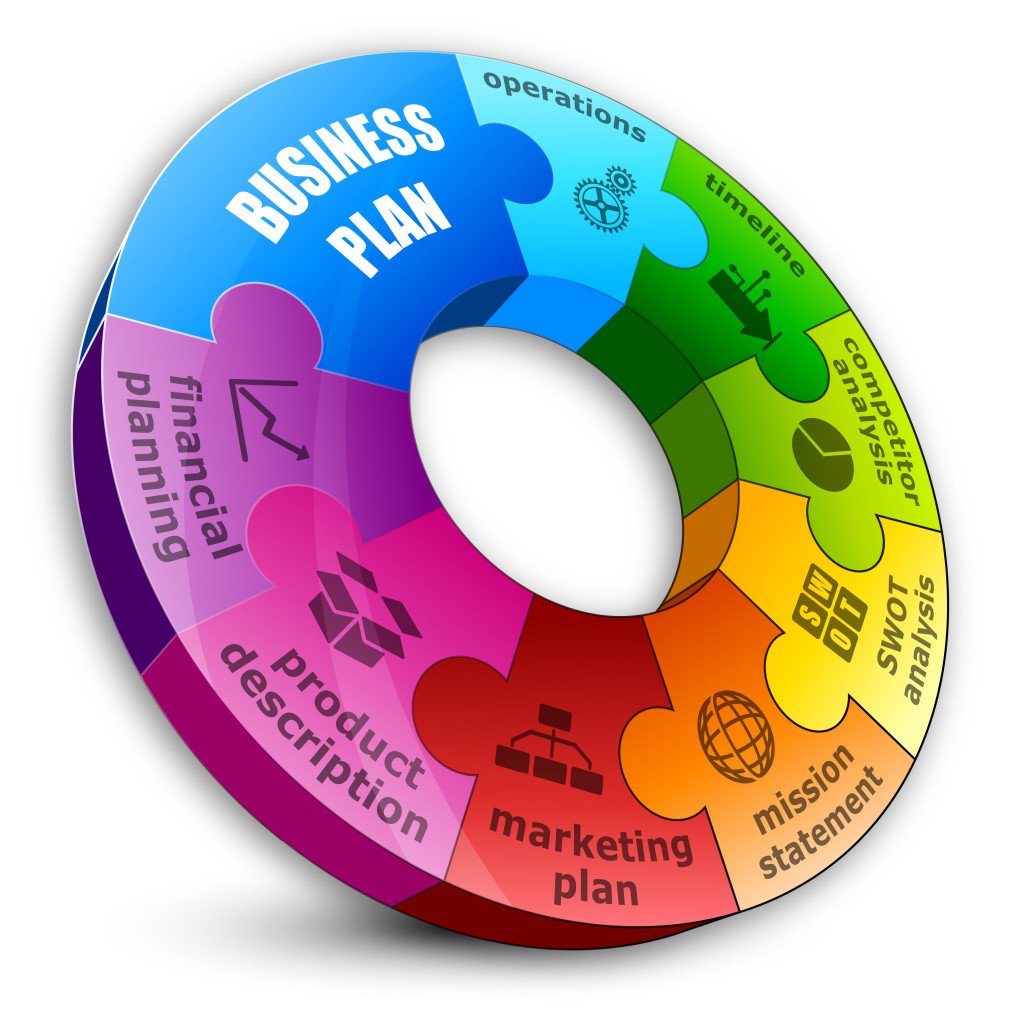Energetic VCs on the Rise

Active Venture Capitalists The number of VC firms completing four or more deals per year has increased annually since 2009. There is a lot of chit-chat about capital crunch and how venture firms in particular are in the decline. However, this cannot be further from the truth. First, there is an increase in the number […]
Value Propositions vs. Positioning Statements

The main objective of a company’s marketing strategy is to define and reach the target customer demographic while differentiating itself from the competition. Value propositions and positioning statements stem from this marketing strategy and help the company to accomplish its marketing goals. Many people use these terms interchangeably when writing a business plan or discussing […]
Legal Tech VC Funding Beginning to Stagger

Although the legal industry is massive ($300B), it is seeing a drop in funding by 16% year-over-year as investments are concentrated at the seed stage and exit activity is lukewarm. Funding to legal tech startups barely topped $100M across 30+ deals, with the largest deal representing 45% of total investments. Deal Flow Oddly enough, […]
How to Write a Positioning Statement

Many first time entrepreneurs get tripped up on the positioning statement portion of their business plan and how it differentiates from their value proposition. In this blog post, we will tell you just how to write a positioning statement. Please refer to the following links for instructions on how to write a value proposition and the difference […]
Angel Investor Stewardship

Angel Investor Stewardship – An Underrated Skill One of the most underrated skills that a startup CEO needs to know is how to keep his/her investors updated, excited and engaged. It is through the lens of the CEO that investors know what’s going on, and in some ways, engage with the businesses. Furthermore, if you […]
How to Write a Value Proposition

When writing a business plan, many entrepreneurs get confused about value propositions and positioning statements. In this blog post, we will tell you just how to write a value proposition. Please refer to the following links for instructions on how to write a positioning statement and the difference between a value proposition and positioning statement. What is a […]
Writing Your Business Plan

Business Plan Benefits You can be sure that writing your business plan will be a time consuming process. However, undertaking this process is completely worthwhile. Your plan will help you gain focus, sync all of the supporting programs, develop short and long term strategies, show investors what you are doing and what you are asking, and support […]
Funding for Social Media Monitoring All Dried Up

Decline in Funding for Social Media Monitoring The Statistics Don’t Lie Late-stage financing for social media monitoring and analytics companies has all but dried up. With exits sagging, clearly this fad has reached its conclusion. Over the past year, $128M has been invested in such companies across 25 deals. This represents a decline of both […]
How to Write a Business Plan

A business idea is not enough to build a successful business. Ideas are everywhere, but successful businesses are not. The difference lies in having a solid business model and business strategies around your great idea. The best way to do this is to complete a professional business plan. The business planning process provides structure and […]
Asian eCommerce Investment Report

While financing in the Asian eCommerce market remains hot, exit valuations remain rather dreary. Since 2010, $6.9B has been invested in Asian eCommerce companies across 383 deals from venture capital investors. Both deal volume and funding activitiy to the region are up 30% and 56% year-over-year respectively. Not surprisingly, India and China dominate the majority […]

